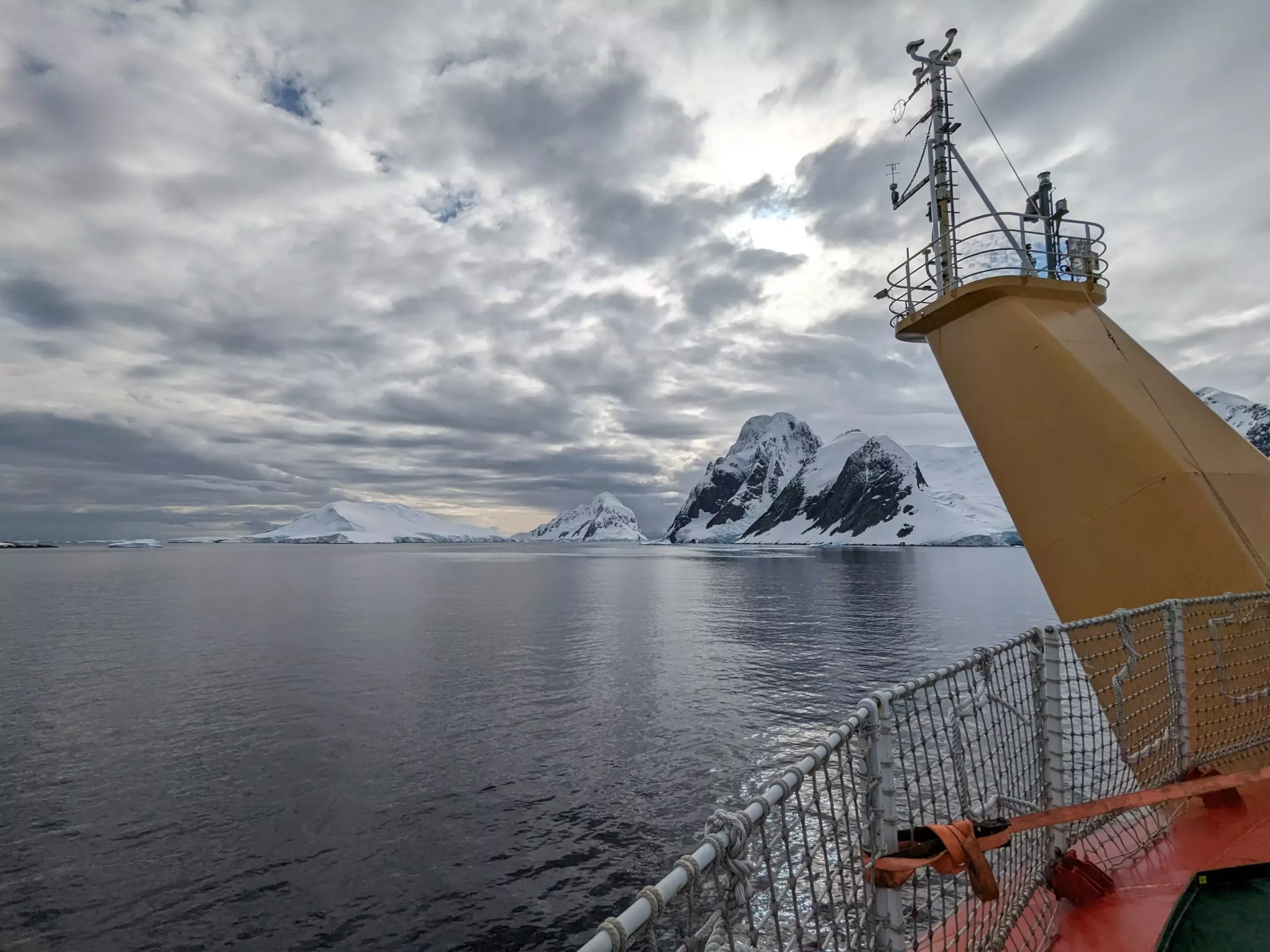Recent findings from a collaborative study involving the University of East Anglia (UEA) and the Plymouth Marine Laboratory (PML) have made waves in the scientific community, revealing that the Southern Ocean absorbs significantly more carbon dioxide (CO2) than previously anticipated. While past estimates relied heavily on indirect measurements, this innovative research marks a paradigm shift by utilizing direct observations to quantify this vital process. The implications of this study are monumental, as it underscores the Southern Ocean’s pivotal role in our fight against climate change.
Historically, researchers have estimated CO2 absorption in the Southern Ocean using shipboard data and ocean biogeochemistry models, often leading to inconsistent results. The previous figures suggested a weaker role for the Southern Ocean, which is both troubling and misleading, considering the growing urgency surrounding climate issues. By employing cutting-edge eddy covariance technology, the UEA and PML teams have made direct measurements that indicate the Southern Ocean is absorbing up to 25% more CO2 than what previous data indicated.
Revolutionizing Measurement Approaches
The utilization of the eddy covariance method—where flux systems are mounted on ships’ foremast—represents a significant advancement in how we monitor air-sea CO2 exchange. Over seven research cruises conducted during the Antarctic summer, scientists gathered data covering approximately 3,300 hours. This groundbreaking approach allowed for hourly measurements, placing it light-years ahead of prior methods that provided data only every ten days.
Lead author Dr. Yuanxu Dong emphasizes the value of these direct observations, stating, “This is the first time a large number of direct air-sea CO2 flux observations have been used to assess existing flux products in the Southern Ocean.” These observations illuminate the ocean’s potential to act as a robust CO2 sink, challenging past assumptions that undervalued its contribution to the global carbon cycle.
Bridging the Data Gap through Enhanced Technology
The significant uptick in CO2 absorption revealed by this study calls for a reassessment of our current climate models, particularly those that underestimate Southern Ocean uptake. It points to the necessity for fine-tuning these models by accounting for temperature variations and refining temporal resolutions. Previous averages may have glossed over critical fluctuations, especially in small yet intense events where CO2 uptake peaks.
Study co-author Dr. Mingxi Yang attributed the increased accuracy to PML’s advanced eddy covariance system, which has vastly enhanced the number of direct measurements. These insights not only bolster current understanding but also pave the way for fortified climate strategies as they bring to light the complexities of carbon uptake in the Southern Ocean.
The Ongoing Challenge of Winter Data Collection
A persistent hurdle in understanding ocean CO2 fluxes is the dearth of winter data due to accessibility issues that ships face during those months. This data void complicates our ability to accurately model CO2 absorption over seasons. While the newly gathered data from the summer months has revealed the Southern Ocean’s considerable capacity for carbon capture, it also exposes the urgent need for continuous, year-round observation strategies. The authors propose diversifying the observational fleet by deploying additional ships, buoys, and autonomous sail drones, particularly during winter.
Prof. Tom Bell has indicated that advancements in technology, such as the flux system on the RRS Sir David Attenborough, represent a critical step forward. The collection of flux measurements at sea could help fill the present knowledge gap, thereby enhancing prognostic models for climate change.
Addressing the Decline in Ocean Measurement Efforts
Unfortunately, the momentum behind these significant advancements is threatened by a troubling decline in shipboard data collection, exacerbated by the COVID pandemic and dwindling funding resources. The annual datasets from the Surface Ocean CO2 Atlas (SOCAT) reflected a stark 35% drop from 2017 to 2021, with a staggering 40% decrease specific to the Southern Ocean. This downward trend presents a grave concern for ongoing climate research, as reliable data is crucial for maintaining the integrity of our understanding of oceanic carbon dynamics.
In light of these developments, the study not only highlights the Southern Ocean’s enhanced role in carbon sequestration but also serves as a clarion call for renewed investment in marine research. Without sustaining and growing the current research efforts, we risk undermining our collective understanding of the ocean’s role in climate regulation, ultimately jeopardizing our ability to take informed corrective actions for the future.
This powerful new evidence of the Southern Ocean’s CO2 uptake abilities presents an exciting frontier in climate science—but without concerted effort and funding to support ongoing measurement initiatives, this promising pathway could stall, leaving critical questions unanswered. The time to act is now, as the stakes have never been higher in the battle against climate change.


Leave a Reply